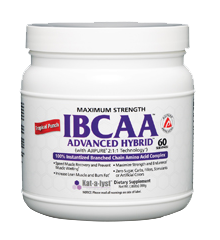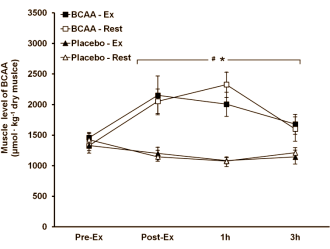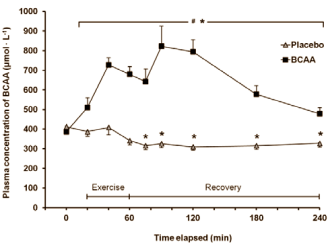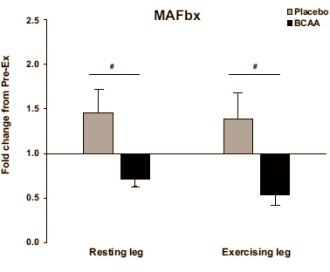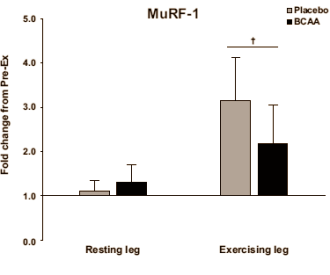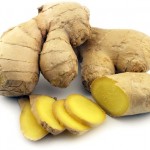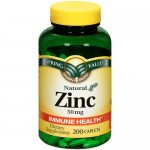By Admin – Steroidal.com
Branch-chain amino acids or BCAAs are nutrients the body obtain from foods. Foods rich in BCAAs are meat, fish, dairy, eggs and most protein based foods. The amino acids making up BCAAs include; leucine, isoleucine, and valine. These three amino acids are present in most protein foods and products and also a lot of supplements. We all know how important protein intake is for muscle building and growth (or should do) and much of this importance is from these three amino acids. Whey protein has a high content of BCAAs, mainly leucine, which has been shown to improve a number of anabolic processes, and provide anti-catabolic effects itself. If something is anti-catabolic by definition, it may mean it lowers stress hormones, such as cortisol, slow protein breakdown or help improve anabolic pathways to muscle growth. We’re going to look at a number of studies, which show that BCAAs are indeed anti-catabolic when ingested.
Sports scientists in Sweden at the Astrand Laboratory, recently published a study published in the American Journal of Physiology – Endocrinology and Metabolism[1]. Seven healthy subjects who don’t usually train were told to train their legs doing leg presses, but only one leg was to be used. After a warm up, they did 4 sets of 10 reps at 89% of their 1 rep max (RM), followed by 4 sets of 15 reps at 65% of their 1RM.
On one occasion they drank a sports drink containing no active BCAAs. This was followed by another occasion they were given instantised BCAAs, by Ajinimoto, which contained 45% leucine, 30% valine and 25% isoleucine. They consumed the BCAAs before, during and after their workout (pre/intra/post). A total of 6.8g of BCAA were ingested if you weigh 80kg, or 85mg per kg.
This added BCAA supplementation elevated BCAAs concentration in the blood, muscle cells and activated anabolic processes, such as mTOR. mTOR is the mammalian target of rapamycin, which is responsible for protein synthesis in muscles, cell growth, cell proliferation, cell survival and transcription. But that wasn’t all, the BCAAs also slowed down a catabolic protein called MAFbx. It also inhibited the release of catabolic MuRF-1.
“These observations, together with the BCAA-induced enlargement in p70S6k phosphorylation and attenuation of MAFbx expression and MuRF-1 total protein provide additional support for the view that BCAA has an anabolic effect on human skeletal muscle, an effect which appears to be similar in resting and exercising human muscle”, the Swedish scientists conclude.
The next study we’re going to look at is how BCAA supplementation help preserves muscle in times of weight loss or muscle wasting conditions or diseases. This study looked at BCAA supplementation in patients with liver cirrhosis [2]. Dr. Willis Maddrey looked at how BCAA supplementation effected nitrogen retention of those with severe liver disease. The group was split into two, one half were given an intravenous (IV) solution at night enriched with BCAAs and the other half, the control group, placebo. Nitrogen balance improved in those supplementing BCAAs compared to the control, which translates to muscle being spared overnight and not used for energy. Again, the BCAAs were shown to be anti-catabolic in this instance.
BCAAs are cheap and provide the body with added proteins when supplemented. We suggest using BCAAs that are instantised for easy mixing, in between meals and using some form of essential amino acids or BCAAs, pre, intra and post workout to maximise anabolism and slow catabolism. BCAAs doses like this range from 5-10g.
Source:
[1]. Am J Physiol Endocrinol Metab. 2011 Nov 29. [Epub ahead of print].
[2]. J Am Coll Nut. 1985;4(6):639-50.




